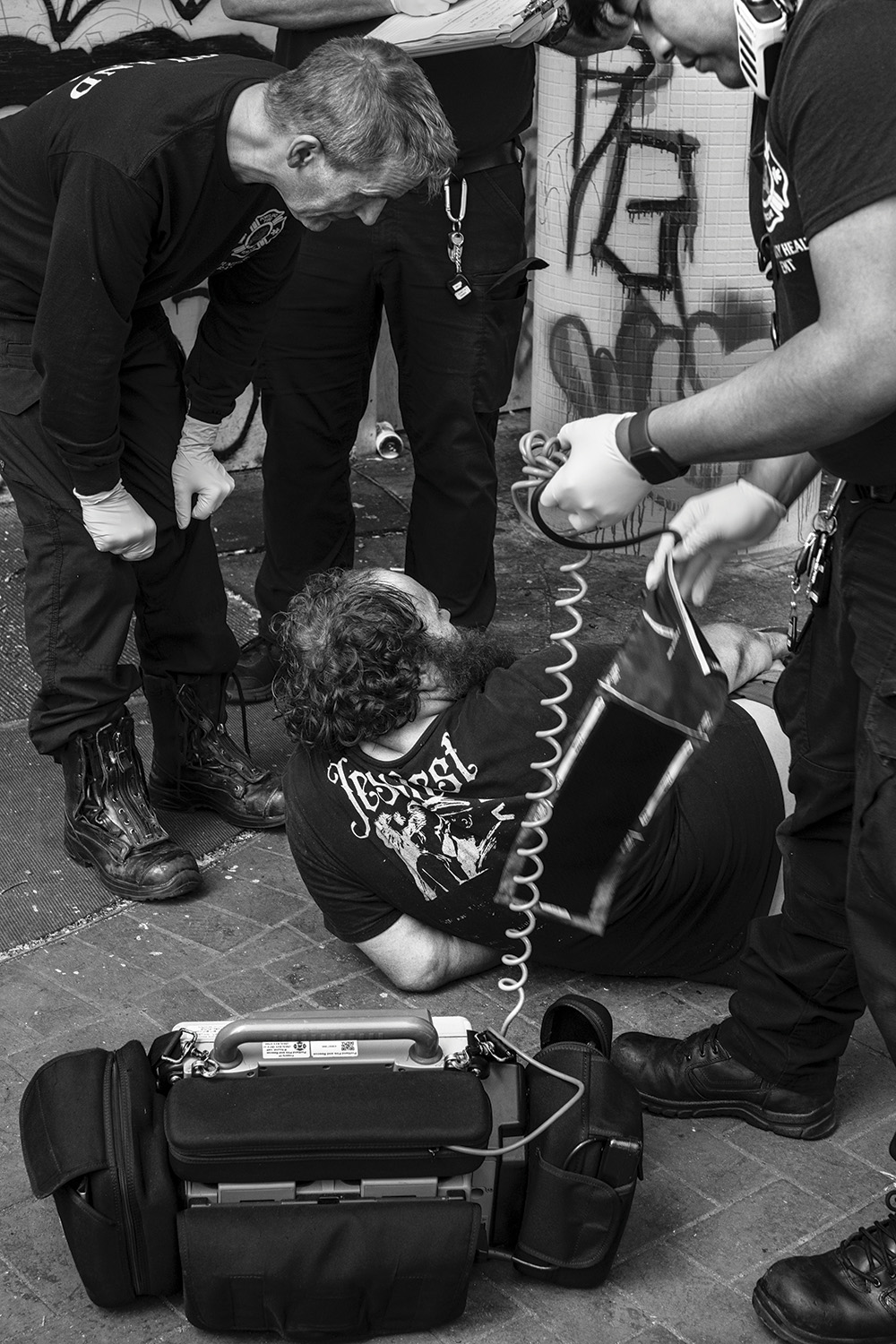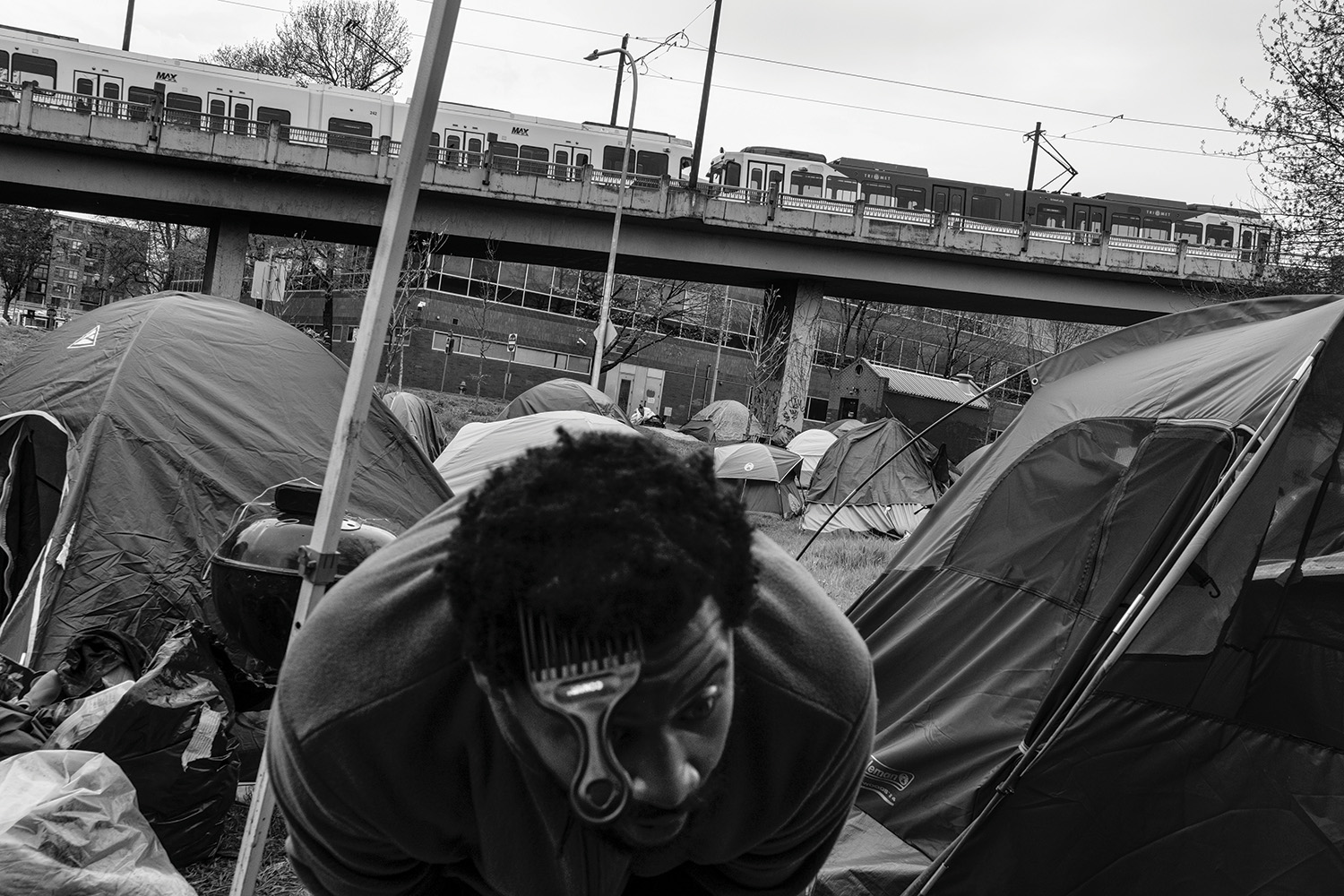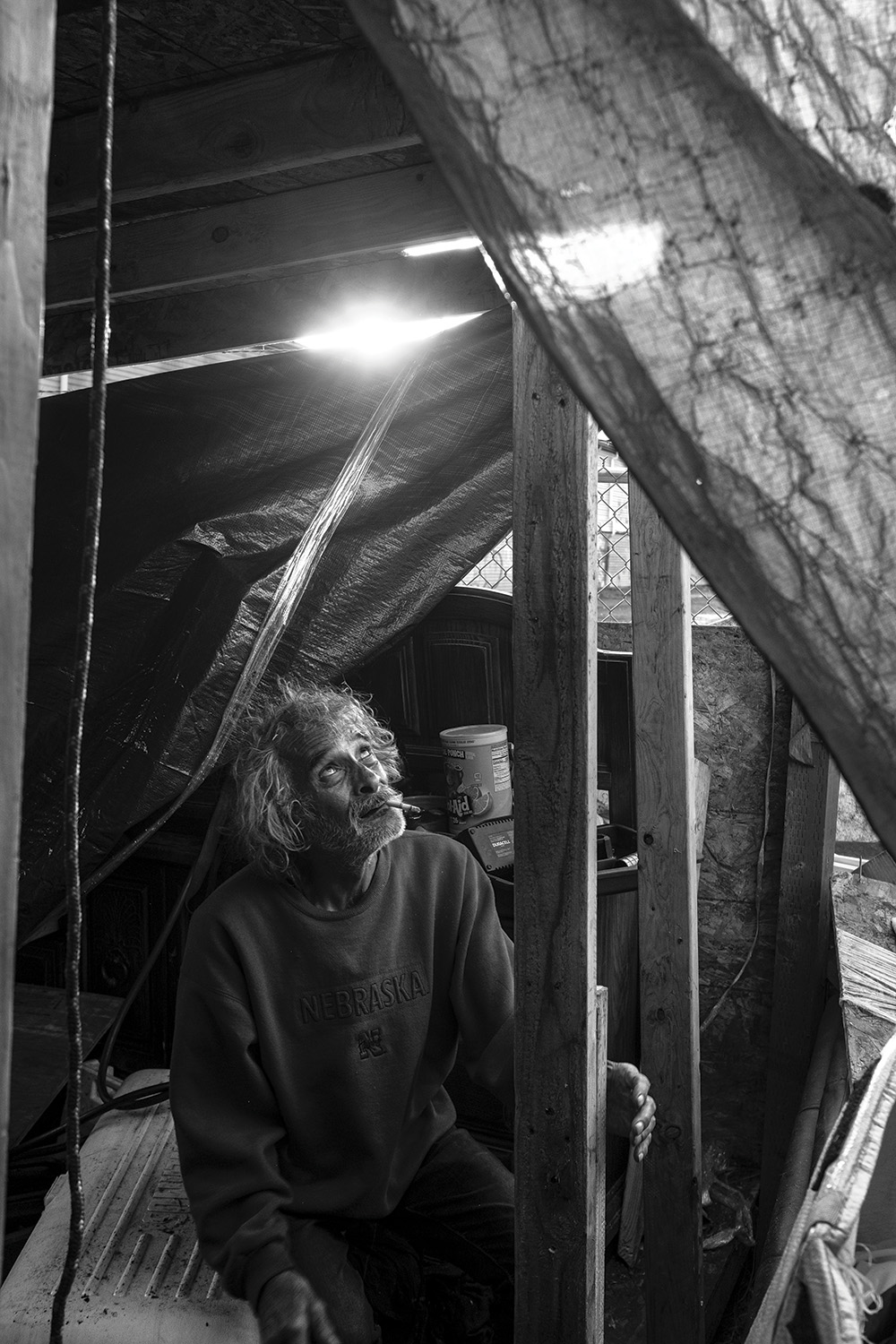Campton Baptist Church used to have an annual fundraiser to pay the power bill. Heating the eastern Kentucky church building cost thousands of dollars every winter, and the small Southern Baptist congregation of about 25 didn’t get that kind of money in the collection plate.
Today, the church still has the fundraiser, but the money all goes to scholarships, helping young people from one of the poorest counties in America pay for the first year of college.
The church’s electricity bill is $0.
“We have 22 solar panels on our parsonage,” said Zach Collier, the church’s pastor, who also teaches science at the local high school and drives a school bus. “The main church building has 30 panels on one part, 28 on another, and then 20 on the education building. Enough to cancel out our utility bill.”
Campton is one of about 2,500 houses of worship that have switched to solar power in the last decade. Most are liberal Protestant: Quakers, Mennonites, Lutherans, and Episcopalians. But a handful of evangelical congregations have gone green too.
Baptists from the Appalachian Mountains to the Mojave Desert have hooked up solar arrays. The sun now powers a Bible church in central Pennsylvania, an Assemblies of God church in California’s San Joaquin Valley, a Christian Reformed Church in cloudy Michigan, and about a dozen other evangelical congregations.
The World Evangelical Alliance (WEA) once hoped to get 20 percent of its members converted to clean energy by 2025. They fell far short.
“It was aspirational,” Chris Elisara, executive director of the WEA’s Creation Care Task Force, told Christianity Today. “We just haven’t been able to follow through, to be frank. That was prior to COVID, and things pretty much shut down over COVID.”
But some evangelical congregations did move forward with solar power projects. And they are reaping the benefits.
Many of them are concerned about climate change and want to find ways to better steward God’s creation, but they are also motivated by practical realities and basic financial concerns.
“I don’t know many ministries that have tons of money,” said Allen Drew, a Christian Reformed Church pastor in Pennsylvania and a regional organizer for the denomination’s Climate Witness Project. “You have an open roof space? You have the capacity to generate revenue for the church and its ministry. Fund your ministry! God’s given you a fusion reactor in the sky. You just need a way to tap it.”
Accessing the power of the sun has gotten easier for churches since the passage of the Inflation Reduction Act in 2022. The legislation addressed environmental concerns more directly than economic ones (despite the name of the bill) and was hailed by President Joe Biden’s administration as “the most significant action Congress has taken on clean energy and climate change in the nation’s history.”
The new law included a provision offering rebates to nonprofits that install solar energy systems.
President George W. Bush signed a similar provision into law in 2005, giving tax credits to people installing solar setups on private residences. Industry experts say it had a dramatic impact. The total number of homes with solar panels increased from about 100,000 in 2005 to 3.2 million today. The Inflation Reduction Act could do something similar for churches.
Projects cost between $20,000 and $300,000, according to experts who spoke to CT. Now, churches can file tax forms to receive a 30 percent refund.
Interfaith Power and Light, a Washington, DC, nonprofit, has helped more than 30 congregations navigate the unfamiliar process.
“A church I was talking to recently had to figure out how to get a tax ID number,” said communications manager Jessica Quinn. “A lot of them don’t have one because they’re not taxed, but they have to file for tax credits through the direct pay program.”
Solar Faithful, a Muskegon, Michigan, company that specializes in working with religious organizations, has recently installed solar arrays for 10 congregations. All of them applied for and received government rebates. More than 150 other Michigan churches have reached out to Solar Faithful, expressing interest in getting solar power systems set up.
Churches generally pay for installation with a combination of building funds, special donations, and grant money. There are also more complicated financial arrangements that have emerged in recent years to make funding easier for churches:
The expertise and financing have been missing,” said Rob Rafson, president of Solar Faithful. “The Inflation Reduction Act has attracted a lot of finance groups to support development and even specialty financing, things like bridge loans—pieces of the financial puzzle that weren’t available before.
Solar Faithful sets up a power-purchasing contract with the churches, so they don’t have to pay anything up front. The company owns the solar panels on the church, and the church buys the electricity they generate, with prices guaranteed to be at least 10 percent below what they paid before.
That is an increasingly common financial arrangement.
Palm Valley Church in Goodyear, Arizona, recently agreed to a deal like this. The nondenominational megachurch worked with WattHub Renewables, a commercial developer, to install a 622-panel solar array on its vast, big-box roof. The panels are projected to reduce the church’s carbon emissions by about 375 tons per year and its energy bills by 30 percent.
Funding for the project was arranged by Sunrock Distributed Generation, a two-year-old company that specializes in financing this kind of development. Founder and CEO Wilson Chang said the company has successfully recruited major investors by packaging the small and medium-sized projects into investment funds that are very attractive on Wall Street.
“We’re putting it in a pool so there’s a very diversified risk,” Chang told CT. “At the end of the day, people pay their utility bills.”
The government rebate to offset initial costs makes the math even better for potential investors, Chang said. And it’s good for churches: They don’t have to pay anything up front, and solar panels help them hedge against rising energy prices.
Sunrock’s formula for calculating costs assumes that energy rates will increase about 3 percent per year. In 2022, however, consumers saw prices go up an average of 14 percent, more than twice the rate of inflation, according to government reports. Inflation is down in 2024, but electricity costs are still up nearly 4 percent for the year.
Aging power grid infrastructure could also cause prices to spike in the future, according to Chang.
“People want … to use clean power,” he said. “This will also save them money.”
There are other creative ways to finance solar power. Eight members of Bethany Christian Reformed Church in Gallup, New Mexico, started a limited liability company that paid to install 100 solar panels during a building renovation. It cost about $90,000, which was brought down to $63,000 by the rebate.
Now the group sells power to the church at a fixed price. They are not seeing the 5 percent returns they had originally projected, partly because they paid for more solar panels than they needed and the price the utility company pays for excess electricity is very low. They also set their rates low so Bethany saves more money.
That’s fine with Rick Kruis, the longtime member and retired doctor who headed up the project. He’s been working on creation care since he started a recycling program as a student at Dordt University.
“I’ve been a ‘tree hugger’ since college and before that, my dad was a lay preacher who installed solar in our home in the late 1960s,” Kruis said. “A lot of people in our congregation are concerned about the environment. We’ve talked a lot about climate change and creation care and wanted to do something.”
Even where climate change is not a top priority, however, more evangelicals are embracing solar power.
In eastern Kentucky, Southern Baptists don’t talk about the environment all the time. Collier, the pastor at Campton Baptist Church, told CT he couldn’t remember that he’d ever preached on the topic.
“Climate change is, by its nature, a slower process, so most people here don’t worry about it every day,” Collier said. “We do worry about whether we can pay the bills. We want to have more programs in our building and love our neighbors, and solar power helps with all of that.”
Daniel Silliman is senior news editor for Christianity Today.







































































